Prospecting for mushroom “gold” and avoiding poison ivy
By Kelly Terpstra, kterpstra@charlescitypress.com
Their voices had summoned me to the Tosanak Recreation Area on Tuesday afternoon.
I pulled my car up the gravel road to the entrance of the 370-acre park, placed the gear shift lever into “P” and began my quest.
“Kelly, over here,” the voices teased.
The timbered wildlife spot wasn’t haunted. The voices were a symptom.
I had caught mushroom fever.
Morel mushroom season has kicked into high gear in northern Iowa and filling up your mesh sack with tasty fungi treats can reel you in some serious cash if you don’t want to eat them yourself – $30 or $40 a pound in certain markets across the state.
The highly-coveted treasures can net even more than that if you find the right buyer.
But I wasn’t on this expedition for a big payday. I was “locked in” and focused – excited for the thrill of the hunt to find these tasty morsels that can create a splendid experience on your palette. I think fried mushrooms taste better than steaks if prepared and cooked right.
So I traversed many fallen branches and dead wood, looking for the clues to find this mysterious fungus growing out of the ground.
Then the silence of the forest was broken.
“I got one,” Adam Sears yelled.
Sears is the Floyd County Conservation director. Natural resource/resident ranger Tyler Walters also joined our exploratory committee.
“Tyler’s the head fungus guru,” said Sears.
Sears and Walters were kind enough to take some time out of their work schedule to show me the ropes on how to find mushrooms. They gave me a quick tutorial as we continued our quest for the elusive delicacy.
“It’s an adult Easter egg hunt,” said Sears.
Walters had found the first mushroom on this day.
“I told you he’d sniff one out,” Sears said with a mischievous grin.
Sears followed Walters’ find with one of his own to officially tie the score.
“We’re all knotted up,” Sears said.
Would I be shut out? Only time would tell.
The quest had turned into a battle for supremacy – who could come across the most mushrooms and claim themselves the mushroom king?
I knew I was an overwhelming underdog. I had not gone canvassing for mushrooms since the mid-90s in my hometown of Pella, near Lake Red Rock. So it had been about 25 years since I last tried to comb the forest floor for these hidden gems.
The clock was ticking because I had to get back to work. Would 30 or 45 minutes be enough time for me to spot a mushroom and claim some sort of small victory?
Before that question is answered, I need to relay my main concern about walking through the forest.
The last thing I wanted, I mean the absolute last thing I wanted to take out of that timber, was poison ivy – or any other rash that could afflict my life or limb. Getting a tick stuck to my head was a distant second.
“Leaves of three, let it be,” Walters warned.
I learned a lot in my hour-long journey through the forest.
Sears informed me that mushrooms are quite intricate living organisms.
“The fungus of the mushroom is actually growing from the mycelium underneath the ground. That’s its own type of root system — where it gets its nutrients,” said Sears. “That’s what I’m trying to get — a connection like a root structure where there might be a bunch of them.”
We would find no cluster of mushrooms hunched together on this day, only singles.
But maybe it was just a tad too early to start hunting for mushrooms. Sears said they first heard of someone coming across mushrooms in the Tosanak area last Friday.
“It’s just beginning. With the heat picking up Thursday in the 80s that’s going to pretty much kick it off with a big flurry of them,” said Sears. “That soil temp Thursday is just going to go through the roof. If you really want to get the mother load, you want to probably wait for the weekend.”
Sears said that mushrooms grow out of soil that has decomposing organic material, so looking around dead trees was a prime timber location. The problem was dead trees were everywhere.
“One thing I guess that I target when I’m out mushroom hunting is I kind of bounce around from dead tree to dead tree,” said Sears.
Sears also looks for shed deer antlers while mushroom hunting, as well as sightseeing for birds.
“Early in the season like this you see migratory birds coming back in the spring that you wouldn’t normally see,”he said.
Sears said prime mushroom hunting season lasts about two weeks after it begins.
Many fungi seekers will focus on the south-facing slope of a hillside because that slope heats up faster from the sun, raising the soil temperature.
Walters said early in the season, hot spots for mushrooms can be near fence lines or edges of the forest that receive more sunlight. River bottoms or creek bottoms are also high real estate property for mushrooms to reside. Dead elms, green and black ash and silver maple are trees to look around.
Walters also mentioned a bit of folklore that sometimes signals the start of mushrooms popping out of the ground on a consistent basis.
“Once you get three nights with lows above 50, that’s usually when it’s go time,” said Walters. “We’re just now getting there.”
Sears also stated that when an oak leaf is the size of a squirrel’s ear, it may be the right time to go foraging for mushrooms.
Sears carried a stick to move around vegetation to get a better angle to look for the mushrooms. He also carried a spore spreader — a mesh bag that would allow for future growth of mushrooms after their remnants fall to the forest floor.
Sears said he likes to dice up morels and put them in his eggs.
“I feel like I get a lot of the flavor,” he said.
We did run into a couple false morels, which look similar to morels but are poisonous. A trained eye can usually spot them right away, according to Sears.
“They’re pretty distinguishable from a regular morel. Once you look up and know the difference, you won’t be confused,” he said. “Once you have a trained eye, you shouldn’t fall for it.”
As our contest to find out who could snare the most mushrooms entered the later innings, I began to wonder whether I could come up with any.
Finally, I found one.
It was a small grey, as were the other four that we found.
All told, I believe the final tally was Adam 2, Tyler 2, Kelly 1.
I ended up taking the mushrooms home, rinsing them off and slicing them lengthwise in half. I breaded them with flour and seasoned them well. I threw butter in a hot pan and fried them. They were excellent – a small meal that was delicious but left me craving more.
We didn’t leave the forest on this day with a treasure trove of morels. But we stepped up to the plate and swung for the fences.
“We didn’t strike gold yet, but we didn’t strike out,” said Sears.

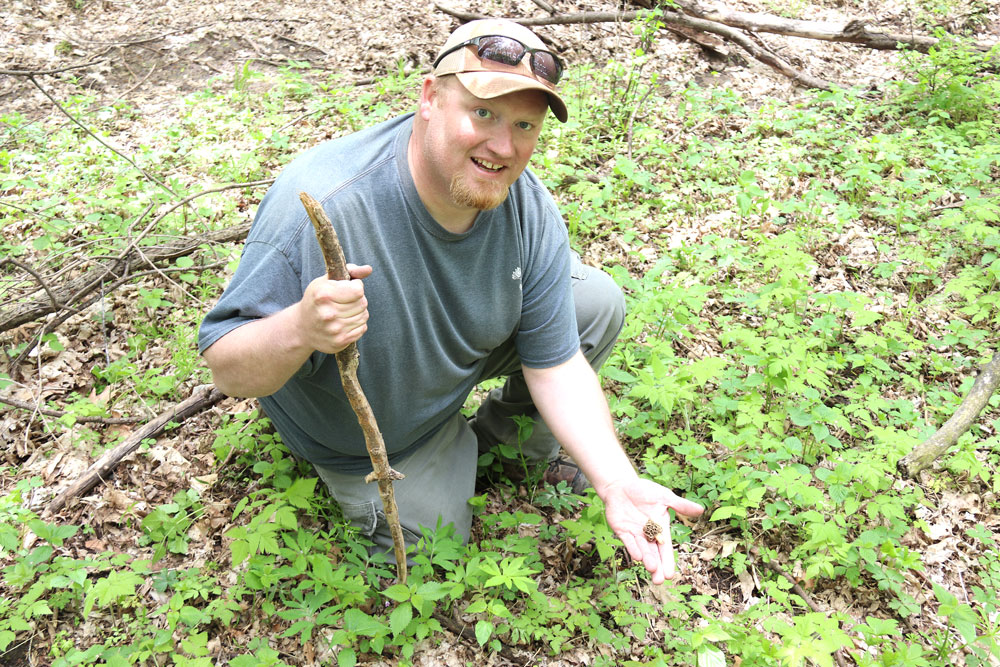
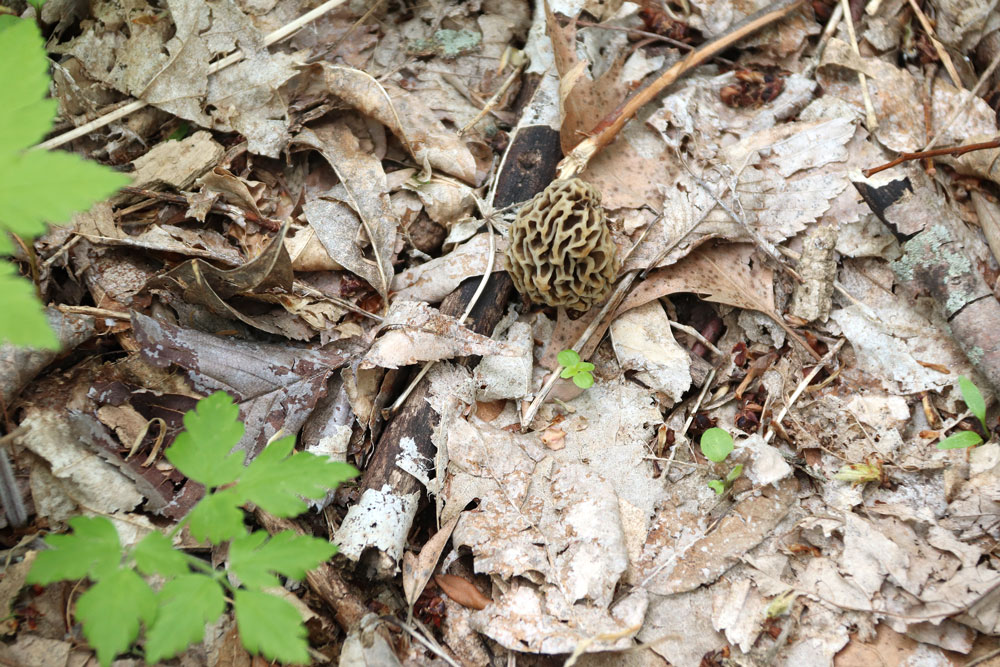
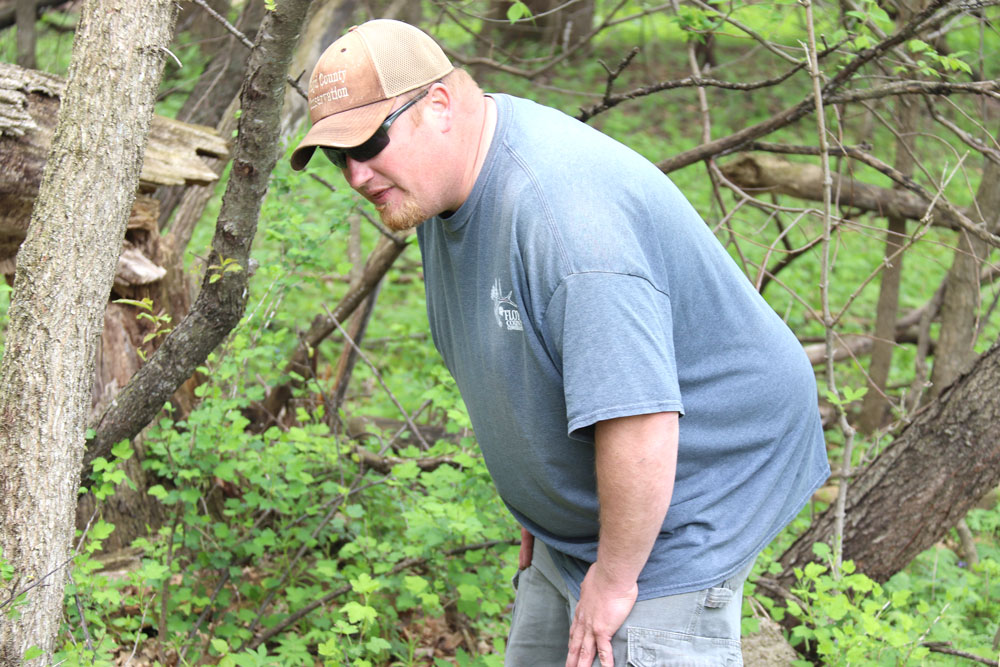
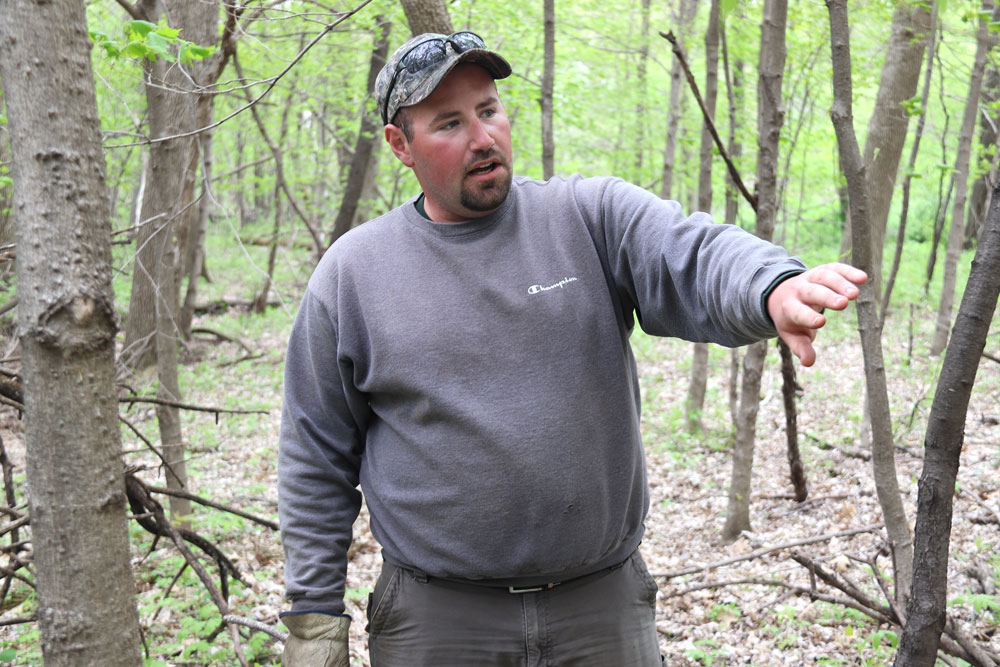
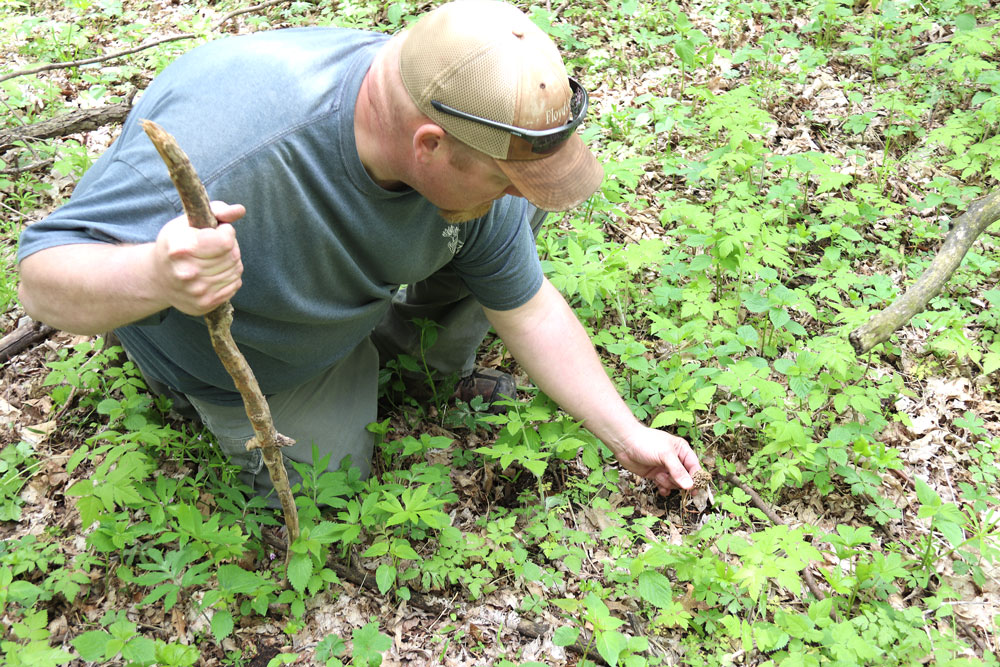
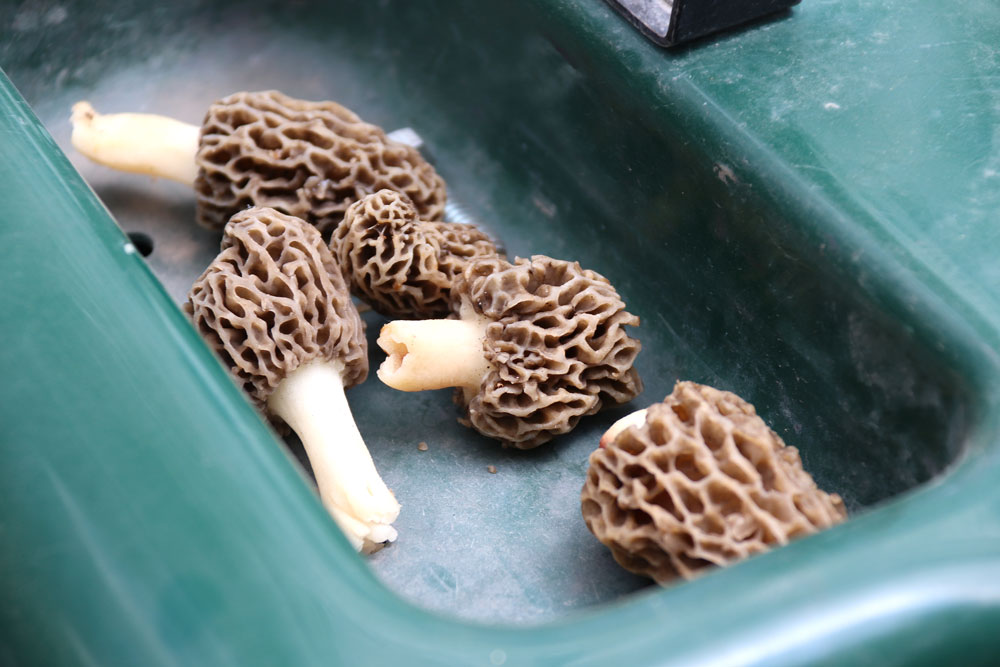
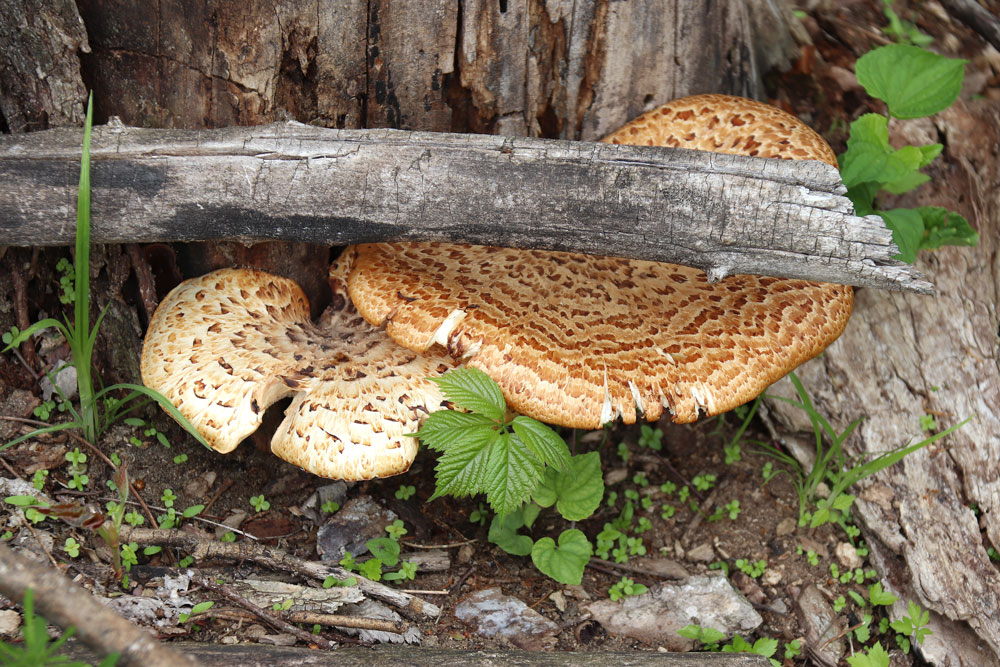
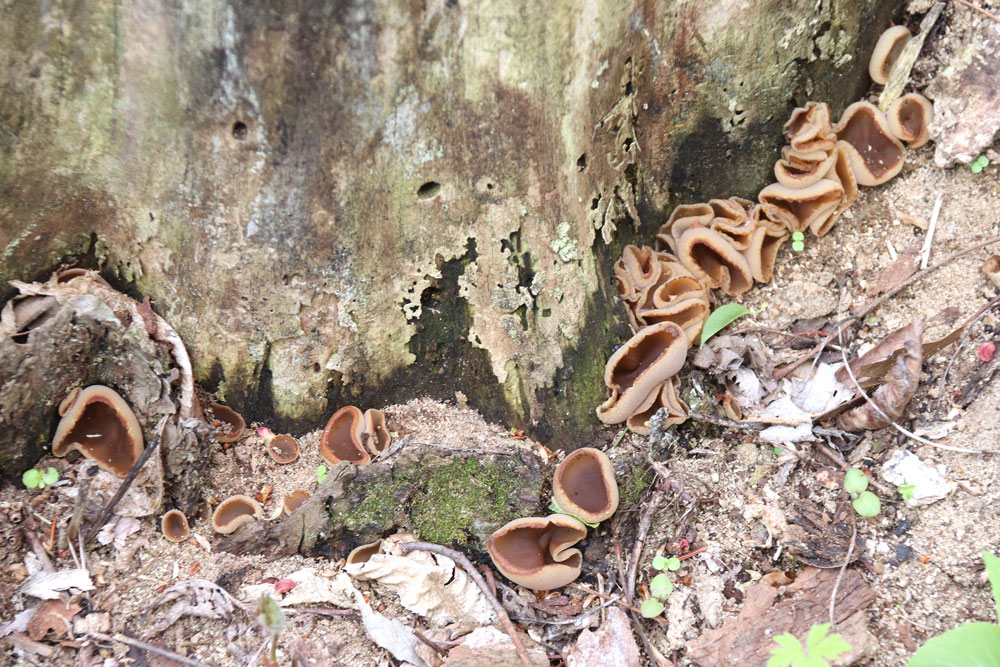
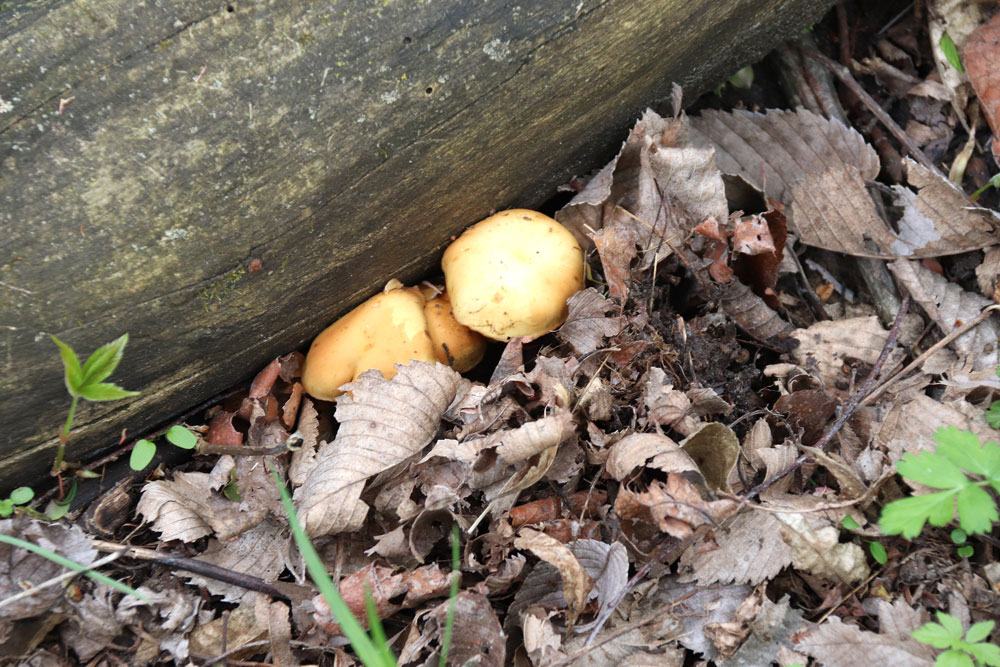
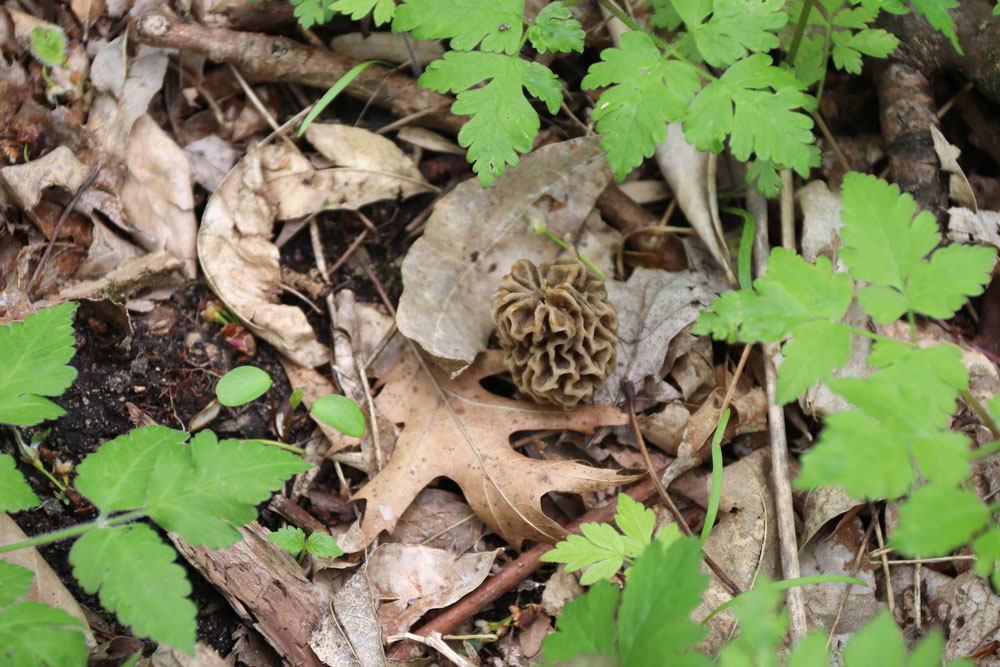
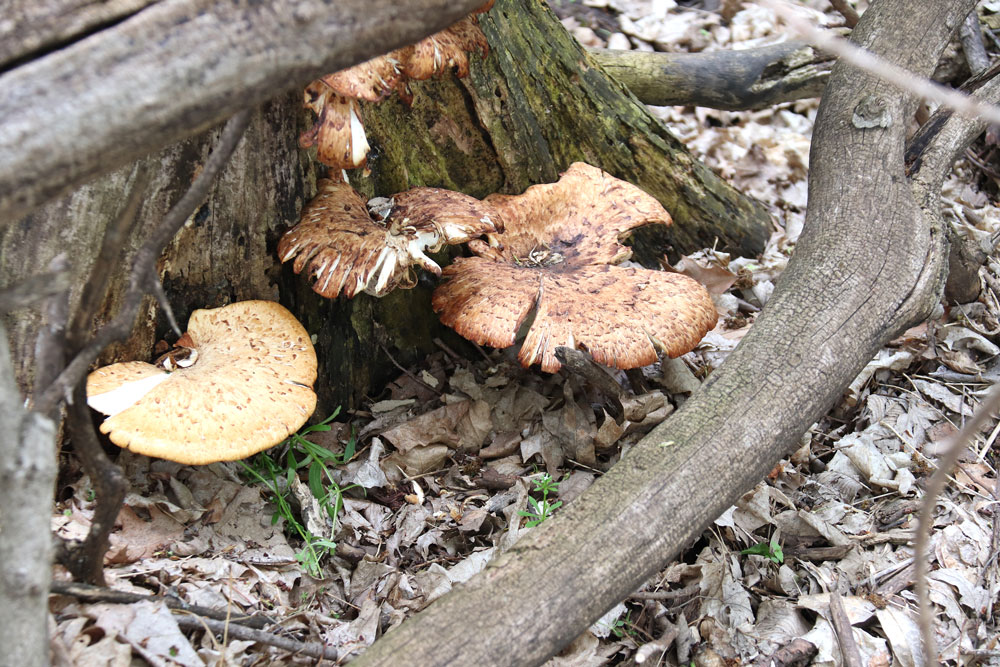
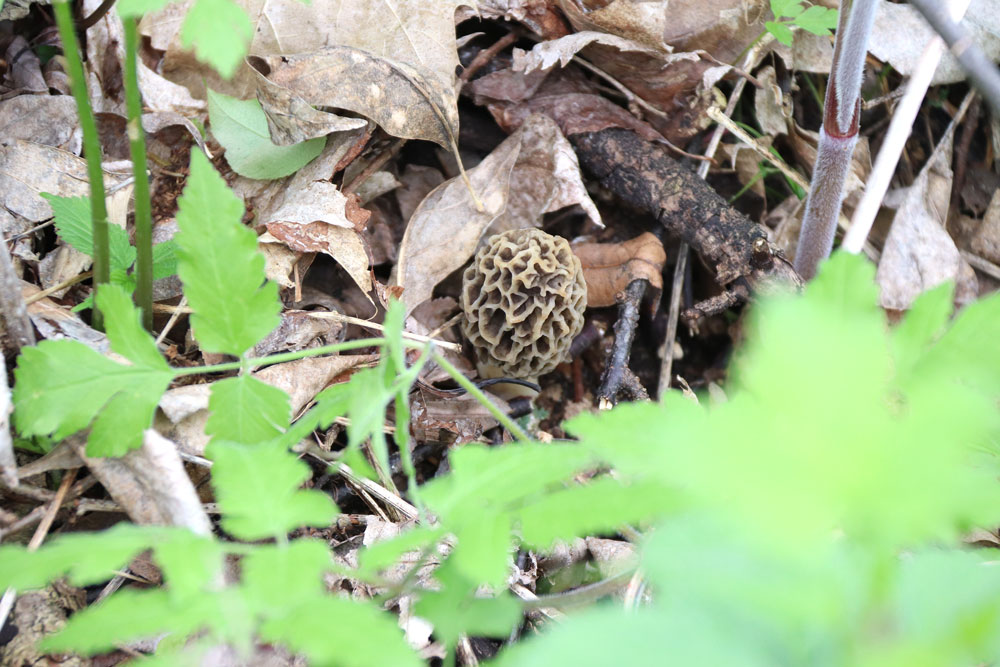
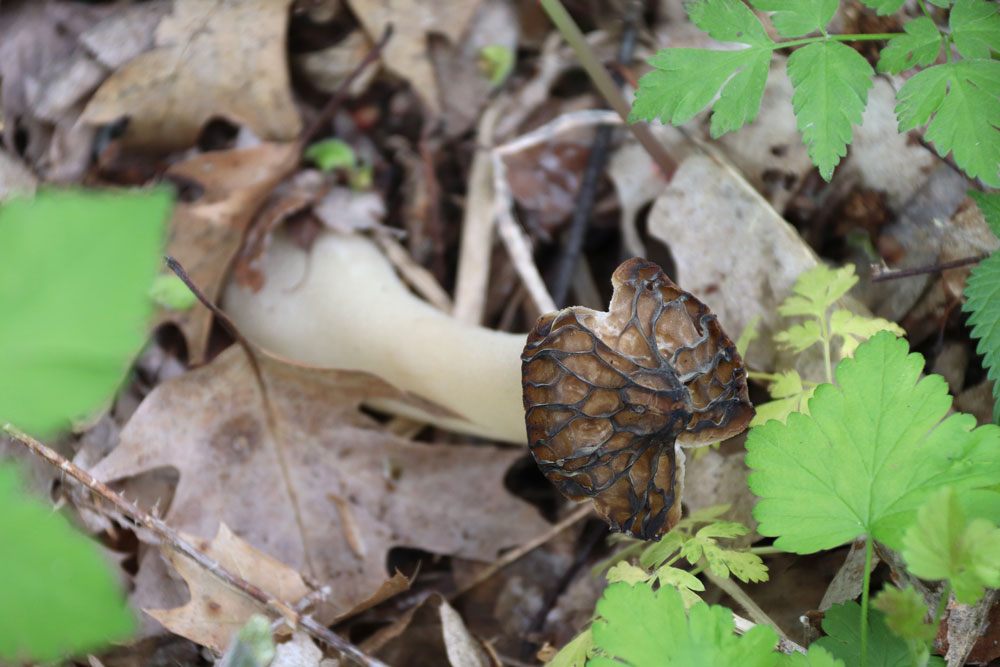
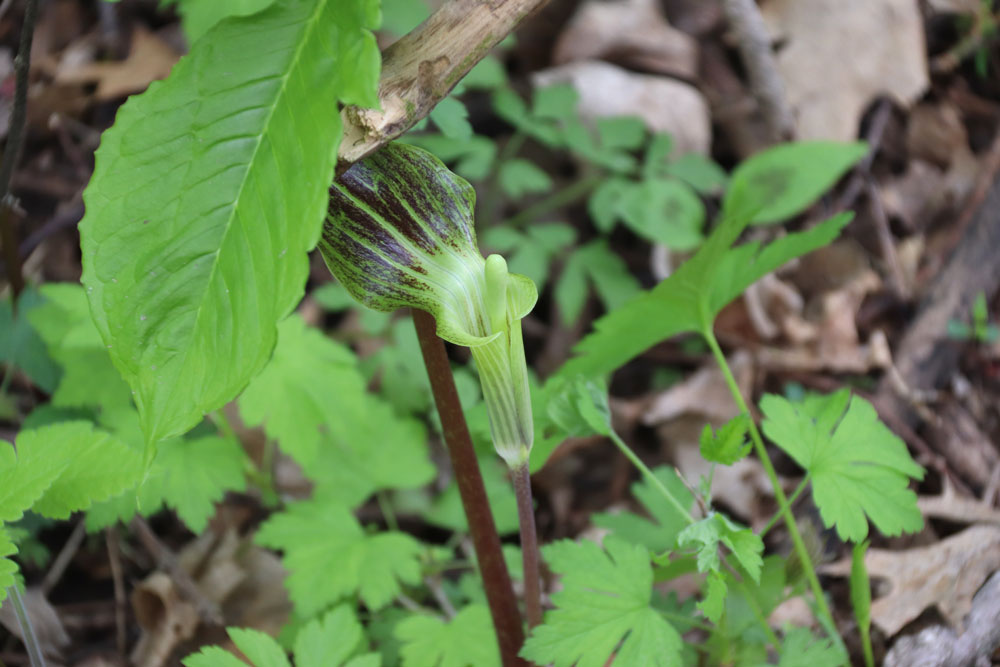
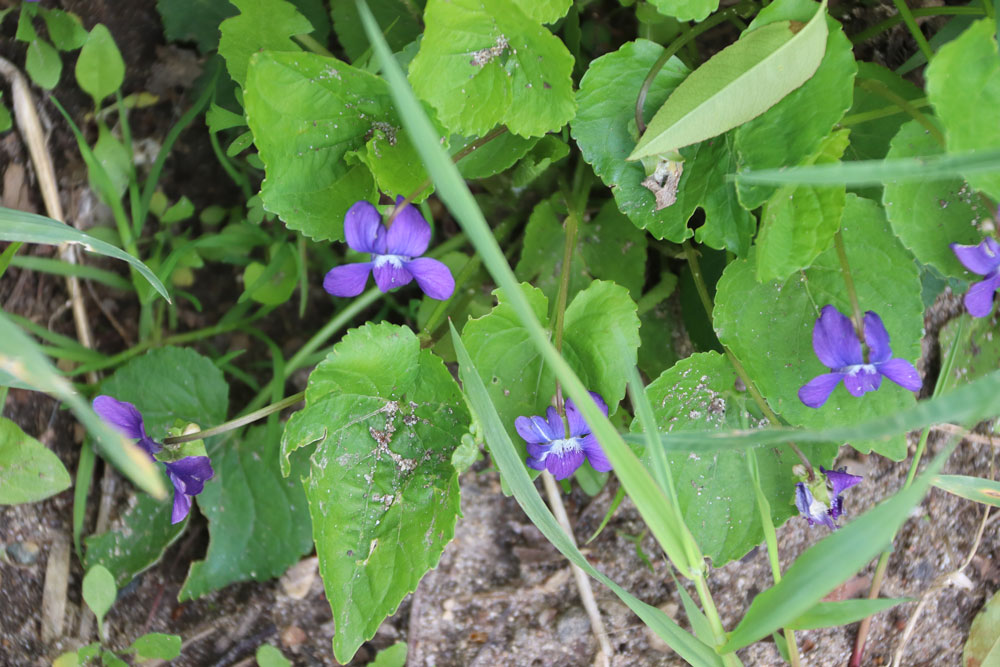
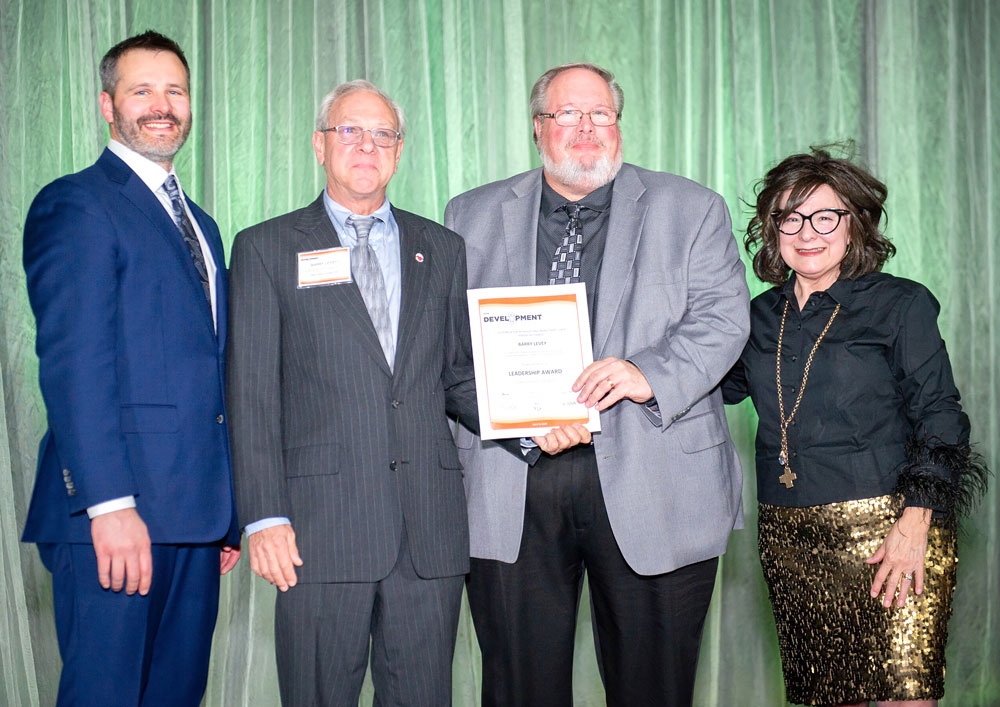


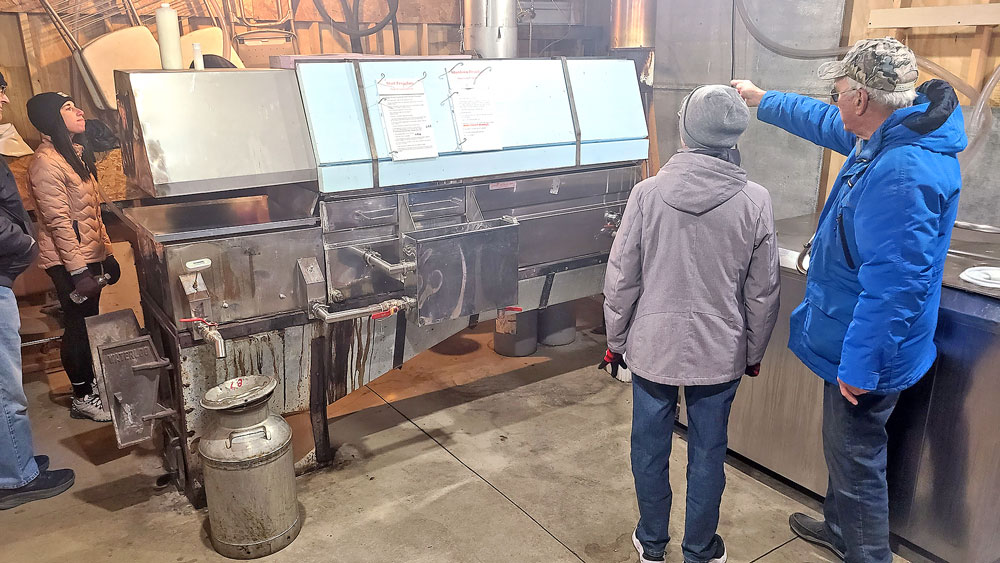

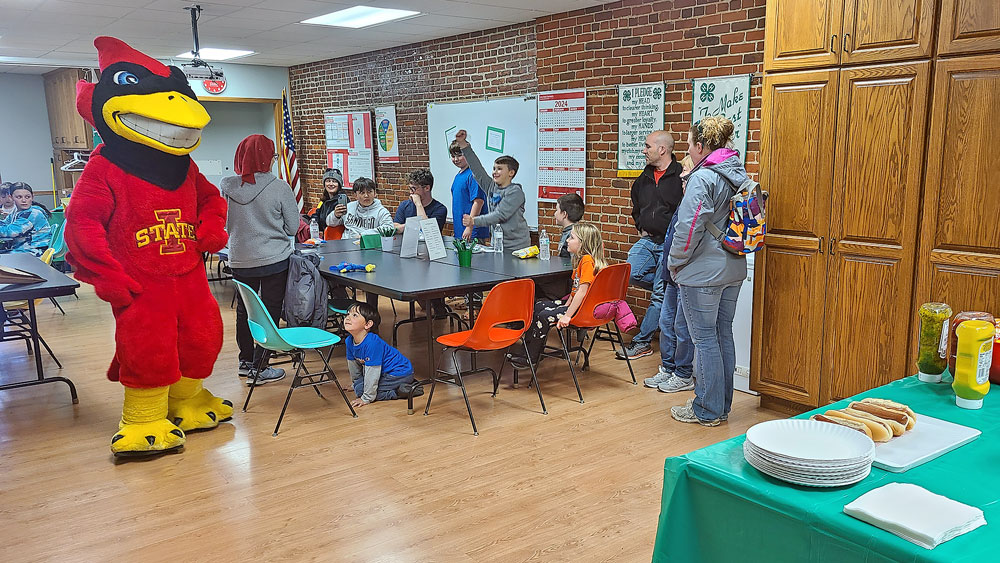


Social Share